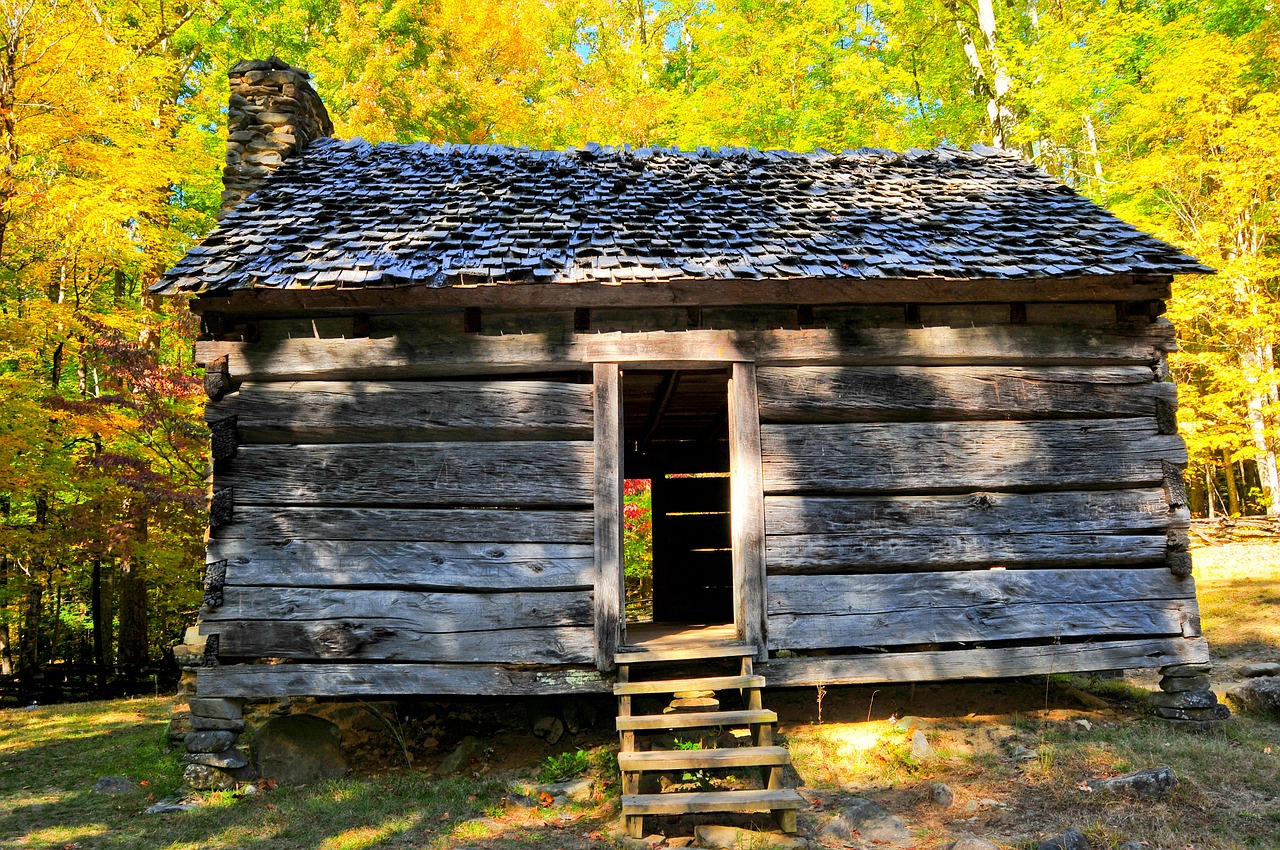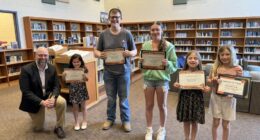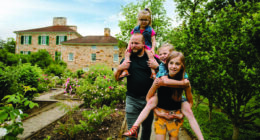By Thomas Palmer
Today on Galion History Corner we turn the clock back over 200 years.
Some of the first families that came to the Galion area from the east in the second decade of the nineteenth century had young children, and more children were soon born. The need for a school to serve the growing settlement quickly became clear.
It is known that the first school was built about 1822 near what is now the Brown residence on Harding Way West. The building itself was built of logs and stood eight feet high. This is how it was described:
“The ceiling was made of poles six inches thick, laid closely together, the spaces between being closed with moss and earth. It was provided with a clapboard roof and was heated by a fireplace from which arose a stick chimney.
On three sides openings were made by cutting out a piece of log. In those places were placed 8×10 window lights. The children were seated on long benches ranging along the sides of the room. They had neither slates nor paper, as the school children of our day, and the only book used was Webster’s Spelling Book.”
This school structure was soon replaced by one of “scutched logs.” It stood in what later was the city’s first public cemetery, now the vacant lot to the east of First United Church of Christ. The school doubled as a church and, having been destroyed by fire was then in a log building on North Market Street, now sitting in Heise Park.
The first teacher in Galion is known to have been David Gill. David and his wife arrived here in 1818, just one year after the Benjamin Leverich family. A humorous story is told of the early days of Galion education that involves Gill, particularly as it relates to finding competent teachers.
A new teacher presented himself at the settlement’s school. To test his qualifications and learning, Gill and others obtained the head of a sheep and presented it to the prospective teacher. “Is this the head of an Indian (their words) or a white man?,” they asked.
After much examination and a claim to understand the bumps on the skull, the teacher announced his conclusion – it was the head of a white man.
History does not record whether or not he got the position.
Each Saturday, we post about local history. We call this series “Galion History Corner,” and we will be sharing not only stories about our shared heritage but also updates on history news here in southeast Crawford County.
This series is dedicated to the memory of Dr. Bernard M. Mansfield, whose “Your Historical Galion” was a fixture in weekend editions of the Galion Inquirer. Dr. Mansfield was a friend and family physician, and he inspired the current generation of Galion historians to continue his work.
Sources: Bucyrus Telegraph Forum; 1881 History of Crawford County
Image by Mickey Estes from Pixabay





